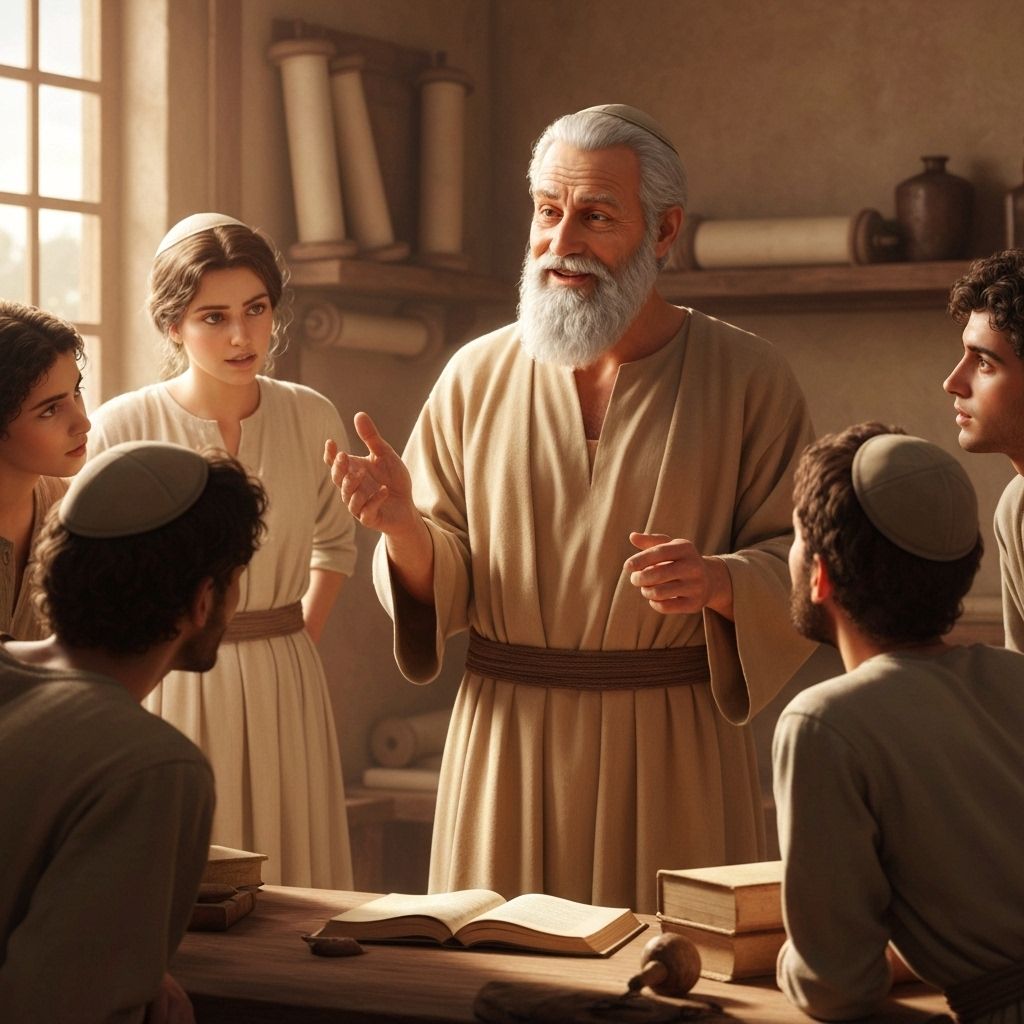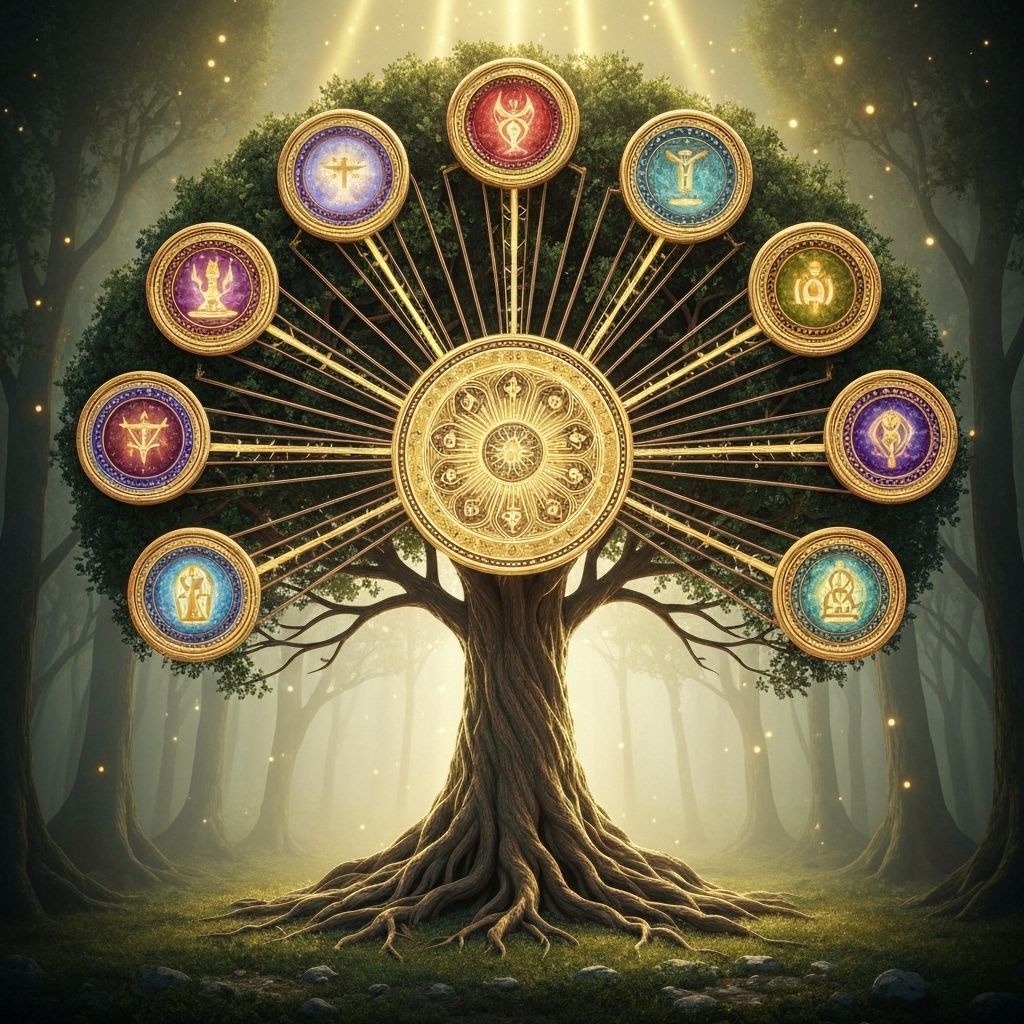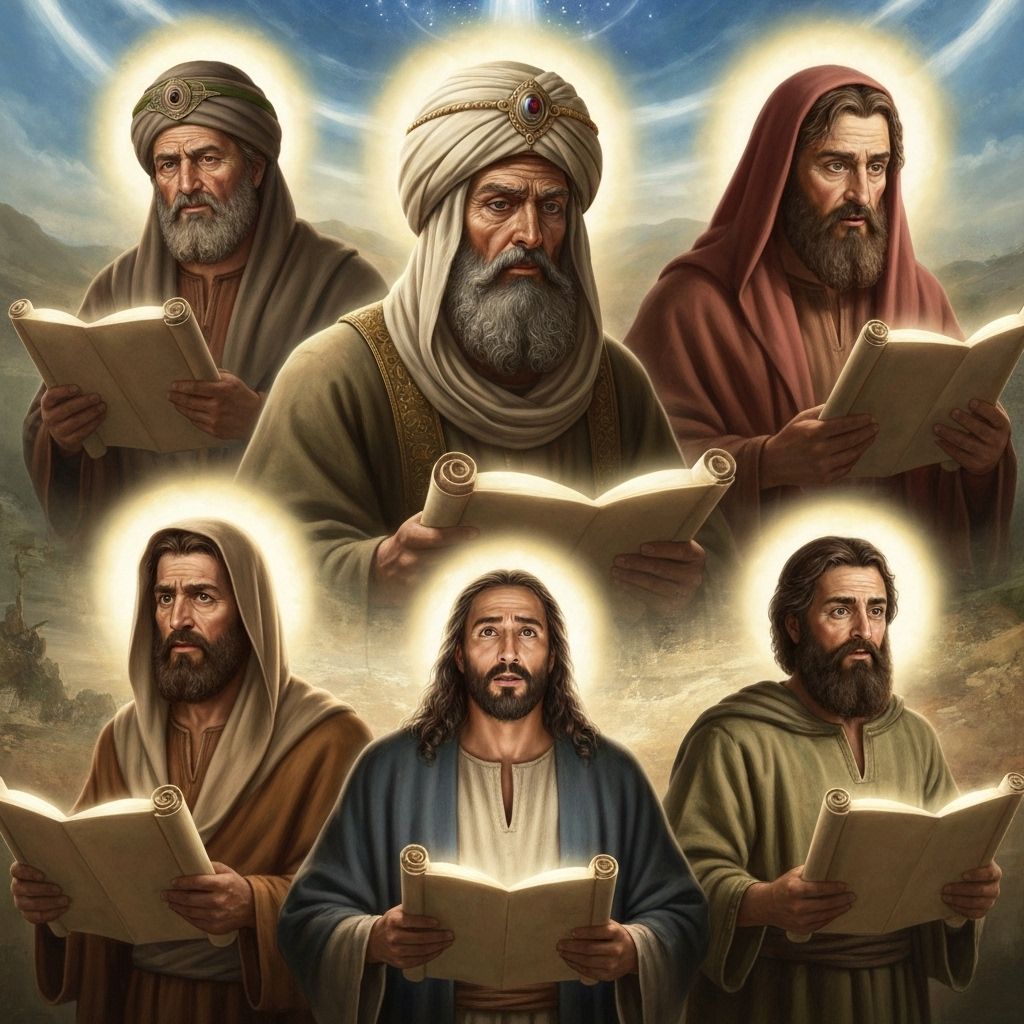3-Minute Summary
The Words of the Torah Explained with Help from Rashi and Ramban
Rashi (1040-1105) was a medieval French rabbi whose commentary on the Torah and Talmud is considered essential reading. His explanations focus on the plain meaning of the text and are known for their clarity and accessibility.
Ramban (1194-1270) was a Spanish rabbi, physician, and philosopher who provided deeper mystical and philosophical insights into the Torah, often building upon Rashi's work while adding his own profound interpretations.
Parashat Vayera opens with one of the most intimate moments of divine revelation in the Torah. Hashem appears to Abram while he's recovering from his circumcision, demonstrating that divine presence is not dependent on perfect physical condition but on spiritual readiness and openness. The timing—while Abram is in physical discomfort—teaches us that spiritual growth often occurs during times of vulnerability and healing, not just during moments of strength and comfort.
The arrival of three visitors immediately after Hashem's appearance transforms divine revelation into practical hospitality. Abram's enthusiastic welcome of these strangers, despite his physical condition, demonstrates that spiritual experience must translate into ethical behavior. His insistence on providing water, bread, and a full meal shows that true piety is measured not by mystical experiences alone but by how we treat others, especially those in need.
The announcement that Sarai will bear a son in her old age represents the fulfillment of divine promises despite biological impossibility. Sarai's laughter at this news reflects both disbelief and joy, showing the complex emotions that accompany miraculous promises. The naming of Isaac (Yitzchak, meaning 'he will laugh') transforms what could have been a moment of doubt into a permanent reminder of divine faithfulness and human joy.
Hashem's decision to reveal His plan to destroy Sodom and Gomorrah to Abram establishes the principle that divine justice should be transparent and open to human questioning. Abram's bold argument for mercy—'Will the Judge of all the earth not do justice?'—represents one of the most profound moments of human-divine dialogue in the Torah. His willingness to challenge divine judgment demonstrates that true relationship with Hashem includes the right and responsibility to advocate for mercy.
Abram's negotiation with Hashem, starting with fifty righteous people and working down to ten, shows the power of persistent prayer and advocacy. His assumption that there must be at least ten righteous people in the cities reveals his faith in human goodness, while Hashem's agreement to spare the cities for even ten righteous individuals demonstrates divine mercy and the value of even a small number of good people.
The destruction of Sodom and Gomorrah, despite Abram's intercession, reveals the limits of divine patience with evil. The cities' complete corruption—symbolized by their attempt to harm the divine messengers—shows that some levels of moral decay become irreversible. Yet the salvation of Lot and his daughters demonstrates that divine mercy can still operate even within contexts of judgment.
Lot's wife's transformation into a pillar of salt for looking back teaches the danger of nostalgia for corrupt environments. Her inability to let go of Sodom's ways, even while fleeing destruction, shows how attachment to sinful patterns can prevent spiritual growth and survival. The lesson extends beyond this specific story to warn against romanticizing or longing for past situations that were spiritually harmful.
The birth of Isaac represents the miraculous fulfillment of divine promises and the beginning of the covenant's continuation through the next generation. Sarai's joy at Isaac's birth transforms her earlier laughter of disbelief into laughter of gratitude and fulfillment. This moment establishes Isaac as the heir to Abram's spiritual legacy and the continuation of the divine covenant.
The difficult story of Hagar and Ishmael's expulsion reveals the complex dynamics of family relationships and divine promises. While painful and seemingly harsh, this separation ultimately serves divine purposes and leads to the establishment of another great nation. Hashem's care for Hagar and Ishmael in the wilderness shows that divine compassion extends beyond the chosen line and that difficult decisions can still be made with mercy.
The binding of Isaac (Akeidat Yitzchak) represents the ultimate test of faith and the most challenging episode in Abram's spiritual journey. Hashem's command to sacrifice Isaac seems to contradict everything Abram has learned about divine character and the value of human life. Yet Abram's willingness to obey, even while maintaining hope for divine intervention, demonstrates the depths of faith and trust.
Isaac's cooperation with his father throughout this ordeal shows remarkable maturity and faith. His question 'Where is the lamb for the burnt offering?' reveals his awareness of what's happening while maintaining trust in his father and in divine providence. This moment establishes Isaac as an active participant in his own spiritual journey, not just a passive recipient of his father's faith.
The angel's intervention at the last moment and the provision of a ram in Isaac's place teaches that divine tests are designed to strengthen faith, not to destroy what we love. The ram caught in the thicket represents divine provision and the principle that Hashem provides what we need when we're willing to trust and obey, even in the most difficult circumstances.
Parashat Vayera concludes with the reaffirmation of divine promises to Abram and the blessing of his descendants. The test of the binding of Isaac becomes a defining moment that establishes the depth of Abram's faith and the seriousness of the covenant relationship. This story has echoed through Jewish history as a model of faith, sacrifice, and divine providence, teaching us that the most difficult spiritual tests often lead to the greatest blessings and the deepest relationship with Hashem.








